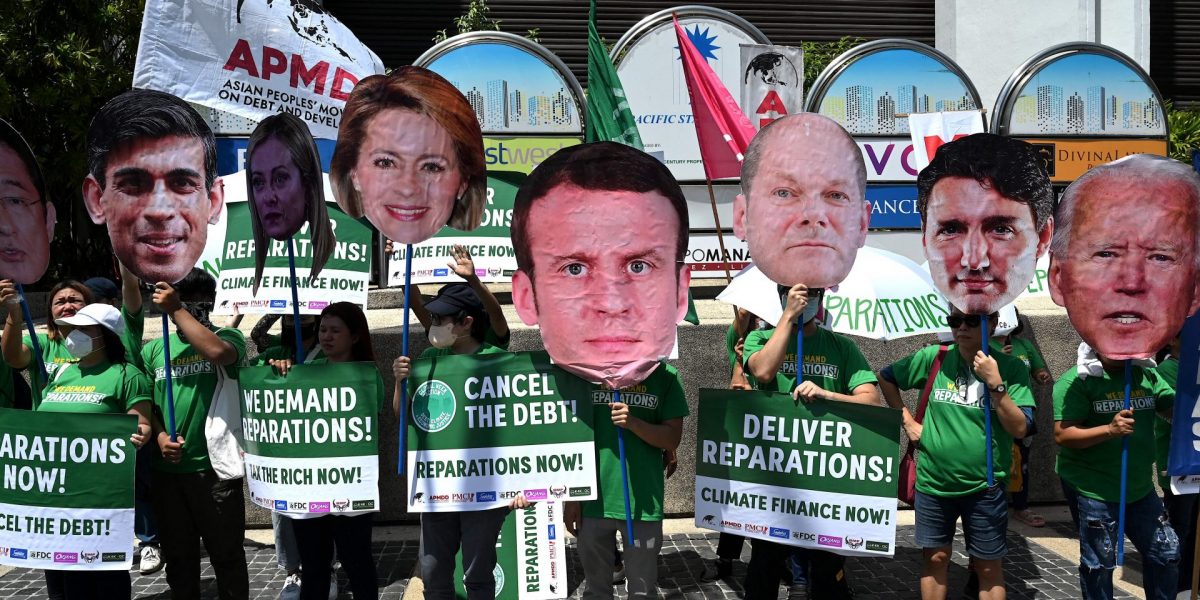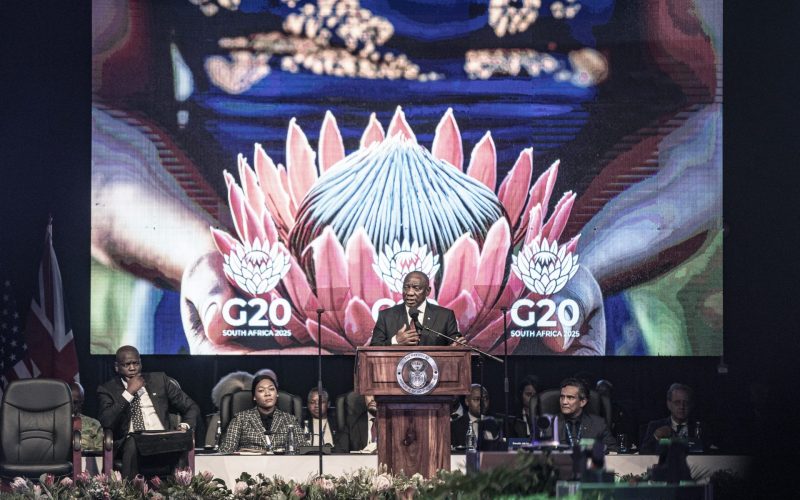A brief history of the G20 and global public debt
The G20 was founded in 1999 after the Asian financial crisis as a forum for the finance ministers and central bank governors to discuss global economic and financial issues.1G20 India,”About G20“ The group was upgraded to the level of heads of state/government in 2008 in the wake of the global economic and financial crisis when it became apparent that the necessary crisis coordination would only be possible at the highest political level.2 G20 India,“G20 – Background Brief” The financial crisis marked a pivotal moment for the G20. During the inaugural Leaders’ Summit in Washington DC the importance of coordinated action to manage public debt and prevent future crises was underscored.3Kanica Rakhra, “The G20 as a Multilateral Force”, CEBRI-Journal 2, no. 8 (2023): 77-94.
More recently, another crisis, the COVID-19 pandemic, has helped shape the role of the G20 in managing public debt vulnerabilities across the globe, particularly in developing countries. This is because the economic recession triggered by the pandemic led to sharp declines in government revenues amid increased spending on healthcare and economic support measures,4World Health Organization, Global Spending on Health: Rising to the Pandemic’s Challenges (Geneva: WHO, 2022) which in turn caused public debt levels to surge in many countries. Low-income countries were already facing high debt levels before the pandemic and the economic fallout pushed many countries into debt distress or high risk of debt distress.5Ceyla Pazarbasioglu, “Current Sovereign Debt Challenges and Priorities in the Period Ahead” (Insights and Analysis on Economics and Finance, International Monetary Fund, Washington DC, November 16, 2020) By 2022, about 60% of the 73 low-income countries that were eligible for the G20 debt relief efforts were in debt distress or at high risk of it, compared to less than 30% in 2015.6IMF, “Debt Restructuring in LICs” (Questions and Answers, IMF, Washington DC, April 6, 2022)
In response to the COVID-19 pandemic, the G20 launched the Debt Service Suspension Initiative (DSSI) in 2020, allowing 73 of the world’s poorest countries to suspend debt repayments.7World Bank, “Debt Service Suspension Initiative”(Brief, World Bank, Washington DC, March 10, 2022)This initiative highlighted the group’s commitment to addressing the immediate financial pressures faced by vulnerable economies and was a significant step in acknowledging the need for debt relief.








